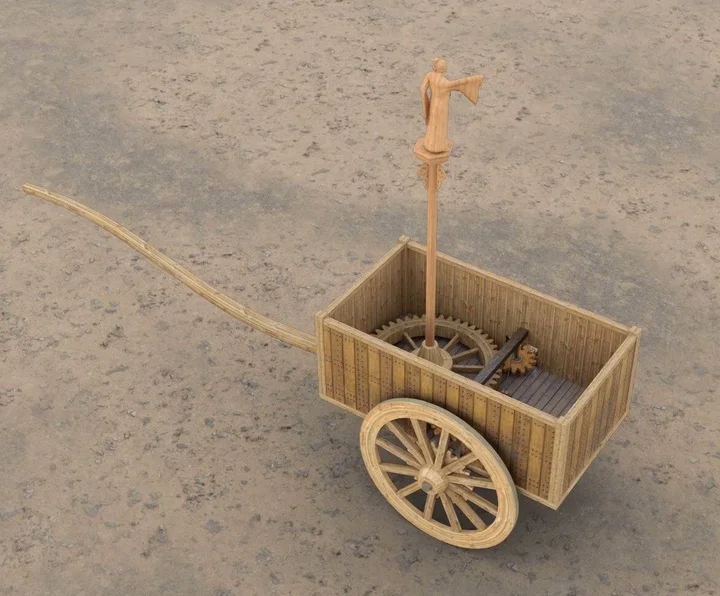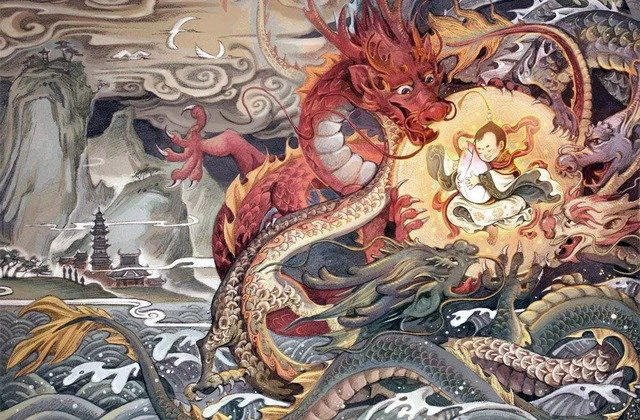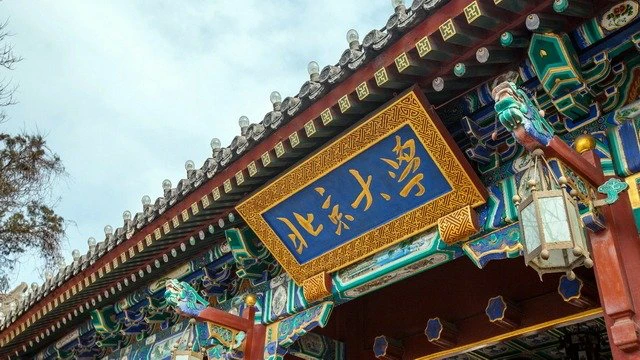Ten most amazing inventions in ancient China
The Chinese people have developed creative thinking since ancient times. In addition to the four major inventions that we are familiar with, there are N important inventions that lead the world, including modern computer binary language, robots, helicopters, etc. A large number of modern scientific and technological inventions, covering various fields, are amazing.
1. Kite
In 1000 BC, the Chinese were the first to fly kites. Long before the belief in history, it is said that the Chinese people have been able to fly kites. According to legend, in the 4th century BC, the famous Chinese craftsman Lu Ban (namely Gongshuban) made a kite, which flew for three days without falling. There is also a story of a general who surrounded the palace and used a kite to measure the distance between the palace wall and his army. The kite can be used to send bricks to the house or fish with a hook attached to the tail of the kite. In 1600 AD, the eastern kite (rhombus) was introduced to Europe by the Dutch. In the 19th century, British inventor Clay invented the glider inspired by the kite. Texas actor Cody "Captain" once used a kite to drag a collapsible dinghy across the English Channel; in 1901, he continued to fly on a double box kite, which was of great interest to the British War Office. The kite flying into the sky provides the principle and inspiration for the aircraft to fly into the sky.

2. Bow and Arrow
The Chinese invented the bow and arrow in the 8th century BC. In 200 BC, the Chinese had invented the crossbow. It is mainly used for fighting and hunting. In Europe, Italy only used bows in the 10th century AD, 1,200 years later than my country.
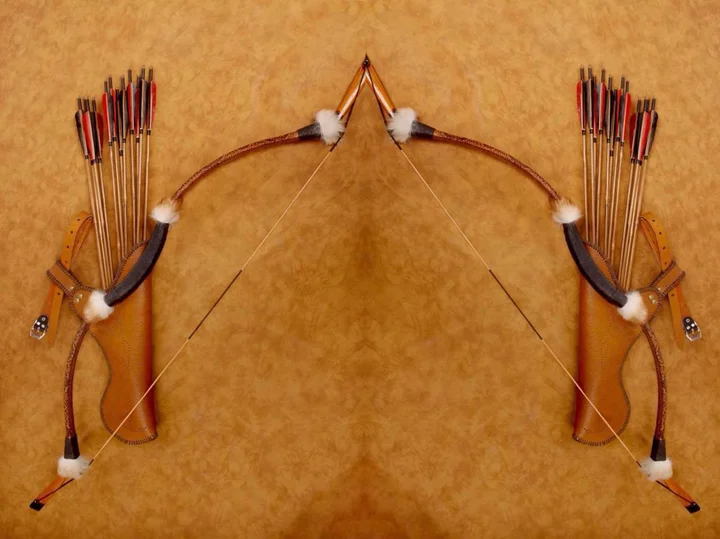
3.Chemical weapon
The history of chemical warfare using poison gas can be traced back to at least the early fourth century BC in China. In the early writings of the Mohists, there are records about using the bellows to push the gas released by the mustard burning in the furnace into the tunnel of the enemy army in the besieged city. That's 2,300 years before Germany's use of trench mustard gas in World War I. The Chinese chemical weapons are as follows: "dung bomb", which is the prototype of the gas bomb. "Flying Sand Bomb", which is to put a tube of gunpowder in a clay pot. The ingredients of the gunpowder are extracted from quicklime, rosin, and ethanol from poisonous plants. Drop this weapon from the city wall, and it explodes immediately, scattering the deadly poison. "Tear gas", the Chinese people used tear gas in the second century AD, the smoke it produced quickly made people cry. Venoms such as sea pulse oil, Sichuan lacquer, and starfish can make enemies hoarse.
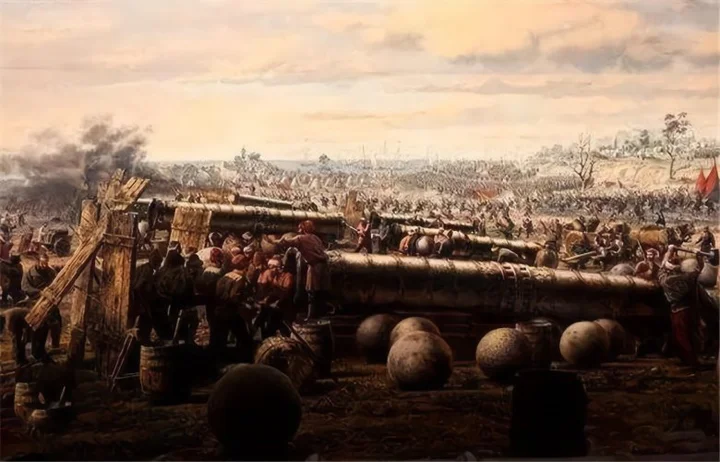
4. Horse chest strap changer
Around the 4th century BC, the Chinese invented the horse chest strap changer. Before this, the only means of changing horses in the West in the 8th century AD was "change of girdle before the neck". This is an unreasonable approach, as the leash at the throat means that the horse will suffocate immediately to death if it exerts maximum effort. The horse chest belt changer invented in my country overcomes this shortcoming. This invention in my country was later spread to Europe through Central Asia. European archaeologists have found chest strap relics in ancient tombs from the 7th to 10th centuries AD.
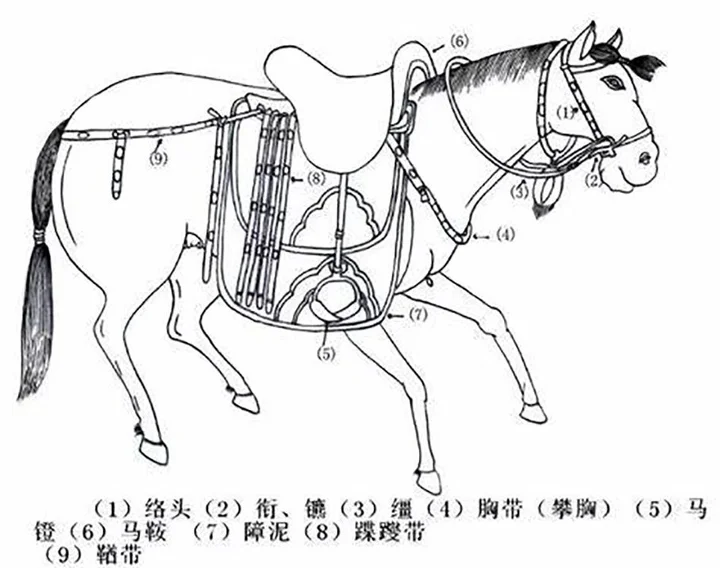
5. Cast Iron
In the 4th century BC, the Chinese invented cast iron. China has been using blast furnaces to cast iron since at least the 4th century BC, while Europe did not have such a technology before 1380. In addition, coal, which can provide high temperatures, has been used as a fuel since the 4th century, or earlier. But on the European side, it was not until the 17th century that Britain made an unsuccessful attempt to make iron from coal.
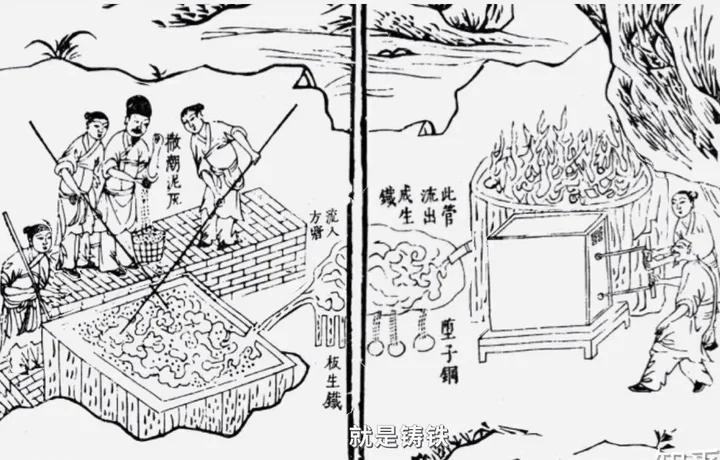
6. Horse Shoulder harness
From the 4th century BC to the 1st century BC, the Chinese invented the horse-shoulder changer. This is a thousand years earlier than the shoulder pads that appeared a hundred years after the chest harness in Europe. The Chinese also discovered that there is another, simpler way to change the shoulder cover: the change rope can be tied to the shoulder cover (the sides of the collar, directly on the car). It is this form of shoulder pad changer that is still commonly used around the world today.
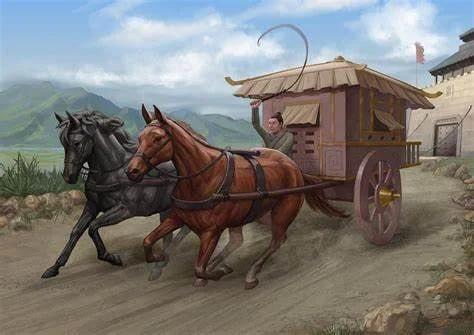
7. Saltpeter identification method
The Chinese discovered nitrate before the 3rd century BC. This is 2000 years earlier than in the West. Before the invention of gunpowder, the most important of its three components must first be recognized and obtained, which is saltpeter. The West did not know this thing before the Middle Ages, and Europe lacked it, while China is rich in resources and can be distinguished from other minerals and purified. The Chinese have used this method to identify the presence of saltpeter since at least the 3rd century BC. The discovery of saltpeter by the Chinese laid the foundation for the subsequent invention of gunpowder.
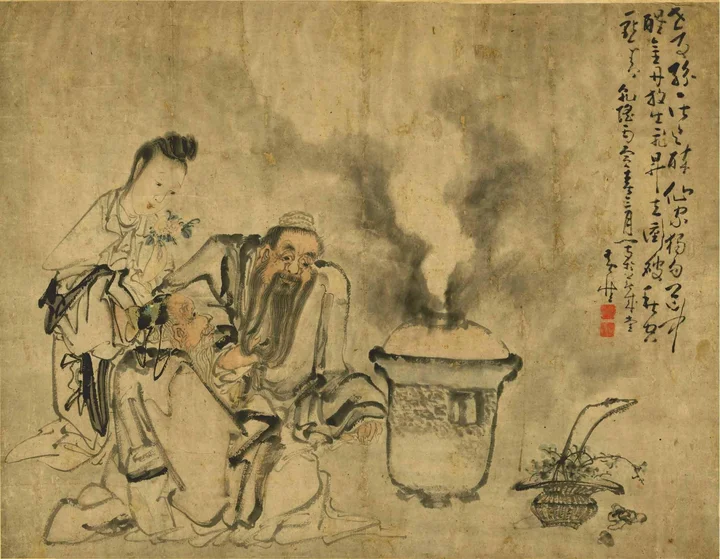
8. Parachute
The Chinese invented the parachute in the 2nd century BC. Many people know that Leonardo da Vinci left a sketch of a parachute, which marks the time when Europeans first came up with the idea of making a parachute. But 1,500 years before Leonardo da Vinci, the Chinese had invented the parachute and used it with great success in real life. What is the proof? The earliest literary records can be found in the famous book "Records of the Grand Historian" by China's greatest historian Sima Qian, which was completed in 90 BC. The fact that he sees the parachute as a long-ago relic proves that the parachute's origins go back at least to the 2nd century BC. The example of the use of parachutes by the Chinese in the Middle Ages narrates some of what was witnessed in Guangzhou in 1192. At that time, many Arabs gathered, and they had personally seen the Chinese use parachutes. The Frenchman Simon also said in the book "Historical Relations" that he had seen Chinese people perform acrobatics using parachutes with his own eyes. China is indeed the country that invented the parachute, and it is an ancient tradition to use an umbrella as a parachute! In 1783, Lenormand, a Westerner, jumped from tree tops or roofs many times, and the result was very successful. He called it a parachute; this was more than 1,900 years later than the Chinese invented the parachute.
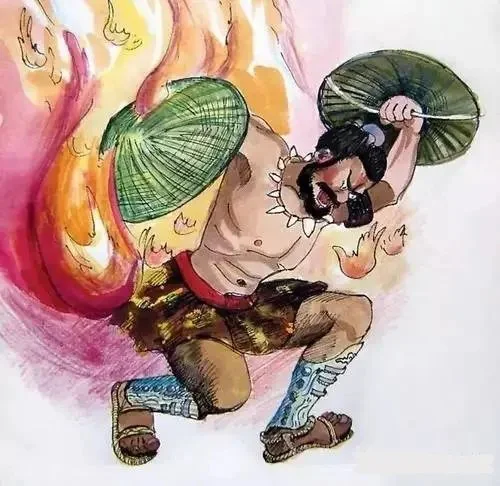
9. Hundred refining method - using pig iron to make steel
In 120 BC, the Chinese invented the method of making steel with pig iron, also known as the "Hundred Refining Method". The West did not start to use pig iron to make steel until 1856, about 2,000 years later than China.
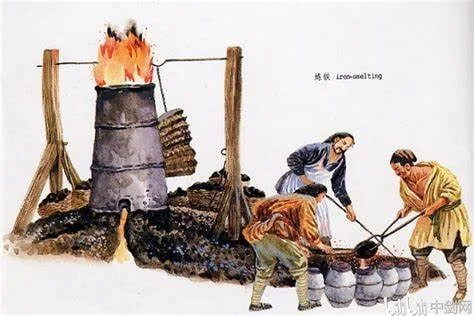
10. Guide Car
In the Western Han Dynasty around 100 BC, China invented the compass car (there is also a legend that the Chinese invented the compass car during the Yellow Emperor period).
